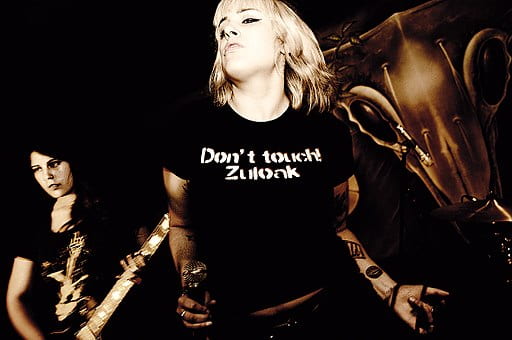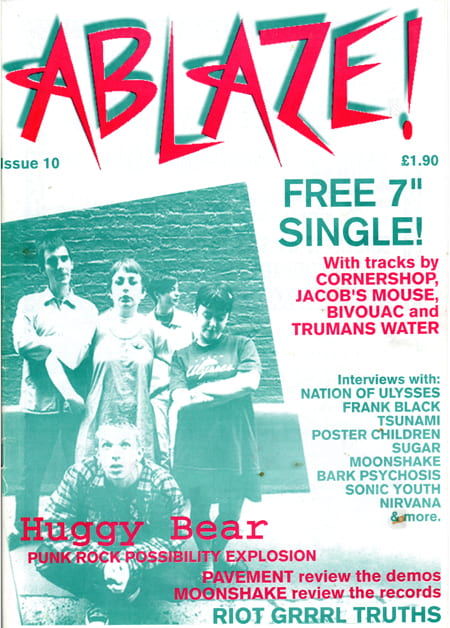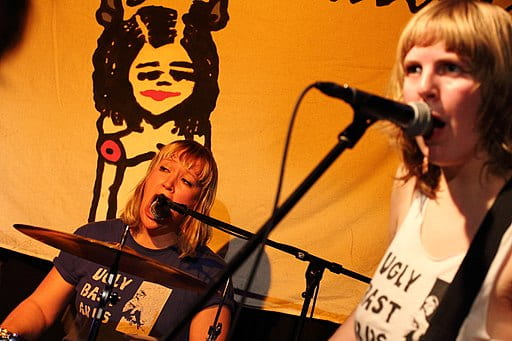During library instruction sessions, Education Librarian Amy Gilgan employs a variety of methods to spark student curiosity, catapulting the research process from rote searching into active learning. Some of these methods involve discussion of the Wasco Clown and the Riot Grrrl punk movement and they usually focus on investigating the construction of authority, shining a light on the value of different types of expertise.

Amy, who describes herself as a “white, able-bodied, queer, genderfluid, woman-ish person from a working-class background,” co-chairs the University Council on Diversity & Inclusion (UCDI) and is a member of the Bias Education Resource Team (BERT).
Amy teaches a lot of library instruction sessions and describes her teaching style as being largely informed by her past work as a speakers’ bureau member of Community United Against Violence (CUAV), a grassroots community organization committed to ending violence within and against the LGBTQQI community.

In a chapter in the Critical Library Pedagogy Handbook, Amy details her pioneering lesson plan called Teaching with Riot Grrrl: An Active Learning Session at the Intersections of Authenticity and Social Justice. The lesson plan describes a 60 minute workshop Amy developed in which first year USF college students used cultural artifacts and library resources to investigate the Riot Grrrl feminist movement in the punk rock music subculture. In the first half of the session, students worked in groups to explore personal, cultural and scholarly expertise while applying basic search concepts. In the latter half, the groups shared their findings and provided their peers with search tips. Inspired by hip hop pedagogy, Amy’s lesson plan was an attempt to model exploring subculture and identity through research.
The goal of this lesson plan is to allow students to “move beyond the popular/scholarly source binary to hold the complexity of multiple types of expertise” in addition to resulting in students learning new search techniques. Amy says, “I enjoy hearing about how students apply the skills from the session to research their own personal and academic interests.” Furthermore, by using active learning techniques, Amy finds it possible to “not only increase student engagement, but also foster an environment where the knowledge and curiosity of the students is valued.”

Born from the #CritLib movement within the library field, active learning scenarios that use subculture and curiosity as jumping off points act to integrate critical pedagogy with librarianship. Amy has been involved with #CritLib conferences and conversations, and she was excited when she saw the call for proposals for the handbook in which her chapter on Riot Grrrl appears. She hopes her lesson plan inspires librarian and faculty colleagues to explore active learning techniques, while she personally commits to making space for students to name, probe, and develop their own interests during library instruction sessions.
